
Ukrainian Blouse

Russian Blouse
Like almost anyone living in the West today, I am exposed to a flood of media accounts practically all of which explain how good and bad, respectively, Zelensky/Ukraine and Russia/Putin are. Unlike many people living in the West today, I have my doubts about this picture. Which is why I decided to take a look, albeit a cursory one, into the origins of the conflict that is now threatening to escalate to the point where it takes the world apart.
I History and Politics
Before 600 BCE. The land now known as Ukraine, previously inhabited by horse-riding, nomadic or semi nomadic, tribes known to the Greeks as Scythians, was occupied by tribes later designated as East (as opposed to North and West) Slavs. They lived in fortified settlements which, however, were few, small and scattered all over the immense country.
860-62 CE. Some of the country was unified under a leader named Rurik. What information we have about him is contained in chronicles written centuries later and is therefore not very reliable. However, most historians believe that he and his “Rus” followers were of Scandinavian origin. The term, Rus, originating in Old Swedish, means “men who row.” This would be consistent with the idea that the invaders came by river.
870s. Rurik’s successor, Oleg, establishes Kiev as his capital. In the chronicles, which continue to serve as our main sources for the period, the polity he and his successors headed is known simply as “Rus” (and not as “Kiev Rus.”).
988. The rulers of Kiev, now headed by Volodymyr the Great, reach the Baltic for the first time.
12th century. Various Rurikid princes start intermarrying with the rulers of Muscovy, thus gradually leading to the establishment of Rurikid rule there as well
1187. The term “Ukraine,” meaning “borderland” or “march” is mentioned for the first time in the so-called Hypatian Codex; a compendium of three local chronicles originating in three separate “Rus” cities that is the most important source of historical data for those cities. The term “Ukraine” refers to the principality of Pereyaslavl, located east of Kiev.
1250s. The Mongol invasions end the independence of Kiev. However, Rurik’s descendants continue to rule as vassal kings both in Kiev and Moscow.
1335. Yuri II Boleslav, the ruler of the RuthenianKingdom of Galicia–Volhynia (the latter, a province of Russia), signs his decrees Dux totius Russiæ minoris. (Duke of all Minor Russians), thus for the first time distinguishing “Great” Russians from “Little” (i.e. Ukrainian) ones.
1383. The Kiev Rus revolt and defeat the Mongols in the Battle of Kulikovo Fields. This marks the beginning of the Golden Horde’s decline.
15th century. Present-day Ukrainian territories come under the rule of four external powers: the remnants of the Golden Horde, the Crimean Khanate, the Grand Duchy of Lithuania, and the Crown of the Kingdom of Poland. Of those the last two would later unite, forming a huge commonwealth that reached from the Baltic all the way to the northern shores of the Black Sea.
1480. The Grand Duchy of Muscovy, whose known origins go back to the first half of the fourteenth century, throws off Mongol rule and gains its independence. Moscow assumes its historical role as the capital of Russia.
1610. The last Rurikid Tsar, Vasily IV, dies. The first Romanov Tsar, Mikhail I, succeeds to the throne.
1648. A Ukrainian (Cossack) rebellion against Polish-Lithuanian rule jump-starts a century and a half process whereby the tables are reversed. Poland, instead of ruling vast stretches of Russia and Ukraine, ends in 1798 by being partitioned between Muscovy/Russia, the Habsburg Empire, and Prussia.
1721. The Grand Duchy of Muscovy declares itself the Russian Empire and Muscovites are proclaimed to be Russians.
1768-83. A series of Russo-Turkish wars, launched by Catherine the Great and commanded by Alexander Suvorov, extends Russian, rule right down to the Black Sea. The conquest gives Russia access to the Bosporus, thus immensely increasing the strategic importance of Little Russia (Malorussia), as Russians call Ukraine.
1918-21. Well aware of what they called “the nationality problem” Lenin, and under him Stalin, seek to solve it by dividing the newly-established Soviet Union into Republics enjoying (rather limited) autonomy. In 1919 the “All-Russian Central Executive Committee,” as the responsible organ was known, created the broad outline of the Ukraine-Russia border by including in Ukraine, roughly, the former Russian imperial provinces of Volhynia, Kiev, Chernigov, Kharkov and Ekaterinoslav. It based this decision on the 1897 census which showed a majority of Ukrainians in each of these districts.
1932-33. These are the years of the Holodomor, the Stalin-inspired and enacted collectivization of farmland which involved the deliberate starving-out of perhaps 10 percent of Ukraine’s population. Memory of the Holodomor is held up as perhaps the most important reason behind Ukraine’s separatism and the current war with Russia.
1941-44. “The Ukraine” as it is known, is occupied by the Germans for the second time in a quarter century. As in almost every other occupied country, the outcome was not insignificant cooperation between occupiers and occupied, with the latter striving towards independence and the former steering an uneasy compromise between encouraging local nationalism and trying to suppress it. Still hatred for Stalin may have led to more collaboration in Ukraine than in most other occupied Soviet districts. World War II over, armed skirmishes between the KGB and various Ukrainians groups continued and only ended about 1950.
- For reasons unknown, Stalin’s successor Nikita Khrushchev transfers the Crimea from the Russian Republic to the Ukrainian one.
II Religion and Culture
867. The Patriarch of Constantinople, Photius, triggers the process that, over the next century or so, led to the Christianization of the “Rus” of Kiev
986. According to the Primary Chronicle, a document that covers the development of the Kievian “Rus” from about 850 to 1100, a Rurikid ruler known in Ukrainian as Volodymyr, in Russian as Vladimir, and in both as “the Great,” summons a conference to decide which religion he and his subjects should embrace, finally deciding on Eastern Christianity.
1299-1325. The Russian Orthodox Church moves its headquarters from Kiev, first to Vladimir, east of Moscow, and then to Moscow itself.
1325-1654. Various attempts to unite the Russian Orthodox Church with the Catholic one, imported from the West by way of Poland and Lithuania, were made but ended in failure. The process ended in 1654 when the Russian Church transferred its allegiance from Constantinople to Moscow, thus becoming autocephalous. Over the next two and a half centuries many senior “Russian” ecclesiastical posts were occupied by Ukrainians.
2022. As per a survey published by the Kiev International Institute of Society, 85% of Ukrainians identify as Christians. 72% call themselves Eastern Orthodox, 9% Catholics (8% Eastern-rite, 1% Latin-rite) and 4% Protestants or adherents of other Christian movement.
*
Russian and Ukrainian are similar, but they are not the same. Both grew out of Old East—as opposed to West—Slavonic. Their development into separate, though still closely related, languages started between 1,000 and 1,300 CE. While the Ukrainian alphabet is similar to the Russian one, it also comprises four unique letters to represent sounds specific to Ukrainian. The two languages are mutually intelligible, though often not without some effort. Partly as a result of having learnt it at school, Ukrainians are more likely to understand Russian than the other way around.
While it is always possible to find precedents—going back, in this ease, to the great 17th-century Cossack revolt against Poland/Lithuania—Ukrainian nationalism is mainly a product of the nineteenth century when country’s western provinces were strongly influenced by the Austrian empire. Much later this fact enabled Russian President Vladimir Putin to claim that it was not a native movement but an imported one.
In Ukraine as in other countries, initially nationalism was generated by a tiny urban elite of highly cultured literati by no means representative of the people as a whole. In Ukraine as in other countries, members of this elite sometimes went to the countryside in the hope of discovering and preserving “aboriginal” and “pure” traditions in which to anchor their views. In Ukraine as in other countries, some such traditions were invented almost ex nihil. Old or new, they provided people—mainly Russians, Ukrainians, and Poles—with additional reasons for fighting each other tooth and nail; nowhere more so than in the “Bloodlands” (historian Timothy D. Snyder) of Eastern Europe.
On the other hand, many famous “Ukrainian” (in the sense that they were born in Ukraine) writers actually wrote in Russian. Nikolai Gogol, the best-known “Ukrainian” writer of all, was born in Sorochyntsi, a Cossack village in what is now Ukraine’s Poltava Oblast, but wrote in Russian. The same applied to Anna Akhmatova and Isaac Babel (both from Odessa) and Mikhail Bulgakov (from Kiev). This list could easily be extended.
As per the latest census, 67 percent of Ukrainians use Ukrainian as their “native” language whereas 29 percent use Russian. Most Ukrainian speakers are concentrated in the west and center of the country; whereas Russian ones inhabit in a long arch that starts in the north, extends to the east, and ends in the south. Yet “native” does not necessarily mean day today, as many Ukrainians start using Russian either when they attend school—formerly, having to do so was part of Moscow’s attempts to Russify them—or, as adults, as part of normal social life. To add to the confusion, about 30 percent of the population use both languages interchangeably both at home and elsewhere.
III. The Current Crisis
The current crisis can be said to have originated in late 1989 when the East Block broke up. Since then both Russia and the West, the latter headed by the U.S, have been using all kinds of methods, fair and foul, to make sure Ukraine, a large and strategically very important country, should be on their side. Including, in 2014, the attempted assassination, probably by Putin’s agents, of a leading “Westernizer”, Viktor Yushchenkoof, who was then running for president. In 2019, the election as president of Volodymyr of Zelensky marked the West’s victory in this struggle.
On 9 February 1990, during a meeting with Soviet leader Mikhail Gorbachev, then US secretary of state James A. Baker promised that NATO would not expand past the territory of the former East Germany. Speaking in Brussels on 7 May of the same year, NATO’s Secretary General Manfred Woerner repeated that promise. Whether either of these promises was ever put in writing is moot. Certainly they were not made the subject of any treaty.
1991. In February the Warsaw Pact, the chief instrument long used by the Soviet Union to dominate the countries of Eastern Europe (and threaten those of the West), is dissolved. In July-December 1991 the same fate overtakes the Soviet Union. Its place is taken by a “Commonwealth of Sovereign Republics” of which, Russia apart, Ukraine is the largest and most populous. With Kiev as its capital, Ukraine for the first time in history becomes a unified country separate from Russia and under its own independent government. Reflecting the change, the term “Ukraine” takes over from “The Ukraine.”
1997-2004. A number of East European countries, emerging from the Soviet-dominated East Bloc, apply to join NATO and are accepted. To justify this expansion, it is claimed that the promises made by Baker and Woerner did not apply to the new circumstances. In 1997 then Russian President Boris Yeltsin personally expressed his unhappiness with NATO’s eastward expansion, calling it a “threat” to Russians security. Using less restrained language, subsequent Russian spokespersons have spoken of a Western “betrayal.” To Vladimir Putin, who assumed the presidency of Russia in 2000, his country’s collapse is the greatest disaster it has ever sustained and he vows to reverse it. The outcome is a series of relatively small wars: in Chechenia, in Georgia, and in Dagestan.
2014. The Donbas, which is part of Ukraine but has proportionally more Russian speakers than any other Ukrainian region, breaks into civil war, causing Putin to intervene on the Russian side. Other Russian forces seize a corridor from the Donbas to the eastern shores of the Black Sea and from there to the Crimea, which they occupy. This makes alarm bells ring not just in Ukraine but all over Eastern Europe as well as NATO.
2020. By then not only the signatories of the Warsaw Pact but all East European countries, including the newly-established Baltic ones, have joined NATO. The number of NATO members has gone up from 12 in 1949—the year it was founded—to 31. More than one Russian spokesman has said that the “betrayal” is part of a Western plot whose ultimate goal is to dismantle Russia altogether.
Meanwhile the distance between Moscow and its western security border has gone down from 2,000 kilometers during the Cold War to a mere 1,000 today. Should Ukraine’s request to join NATO be granted it will be down to just 850—rather less than it was in 1941 when Hitler attacked.
2021. As preparations for accepting Ukraine into NATO go ahead Russian’s leadership, President Vladimir himself included, repeatedly warns that their country is not going to accept such a move laying down.
2022. On 24 February Russia invades Ukraine. All hell breaks loose, without an end in sight.
Conclusions
Almost as far back as anyone can look, the histories of Russia and Ukraine have been closely intertwined. Now it was Kiev that was the senior partner, now—definitely since about 1500—it was Moscow. Culturally the two nations (a term used by the Russians, but denied by the Ukrainians) are both similar and different. The greatest difference is religion, followed by language.
Concerning the present crisis, the most important factor behind it are 1. The collapse of Russia’s western security zone; and 2. NATO’s eastward drive which Russians see, not without reason, both as a threat in itself and as a possible prelude to an effort to dismantle their country.
With rare exceptions—Sweden in 1905, Czechia in 1992—states are not in the habit of letting parts of their dominions go without a fight, often a very bloody one. Specifically, I am not aware of any great power allowing the zone between its security-border and its capital to be cut by over half without engaging in massive bloodshed. Not ancient Assyria. Not Babylon, not Persia, not Athens, Sparta and Rome. Not China. All used might and main to crush would-be separatists, sometimes with success, sometimes not. More recently, the same applied to Spain, Portugal, Britain, France, and the Netherlands. The South’s attempt to secede led to the Civil War, AKA the War of Northern Aggression, which resulted in as many dead as did all of America’s remaining ones combined. As early as 1833, with a population of only 13,000,000 (including 2,000,000 slaves) the U.S had the unheard-of effrontery of claiming the entire Western hemisphere as its exclusive stamping ground.
I know: It is mostly power and interest, not justice and morality, which govern relations between nations and states. So it has always been, and so it will always remain. But I think that what we can do, and what I myself have been trying to do in this essay, is get rid of some of the ira et studio. Both of the lies and the idea that one side is completely right and the other, completely wrong. Whatever else, doing so may make reaching some kind of agreement that much easier.

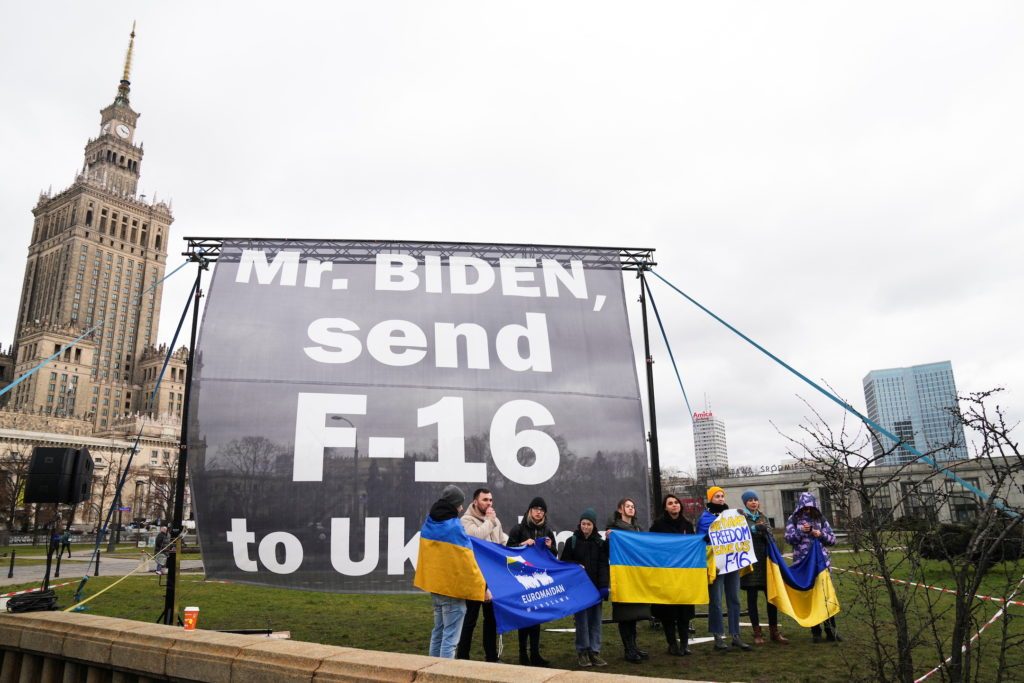
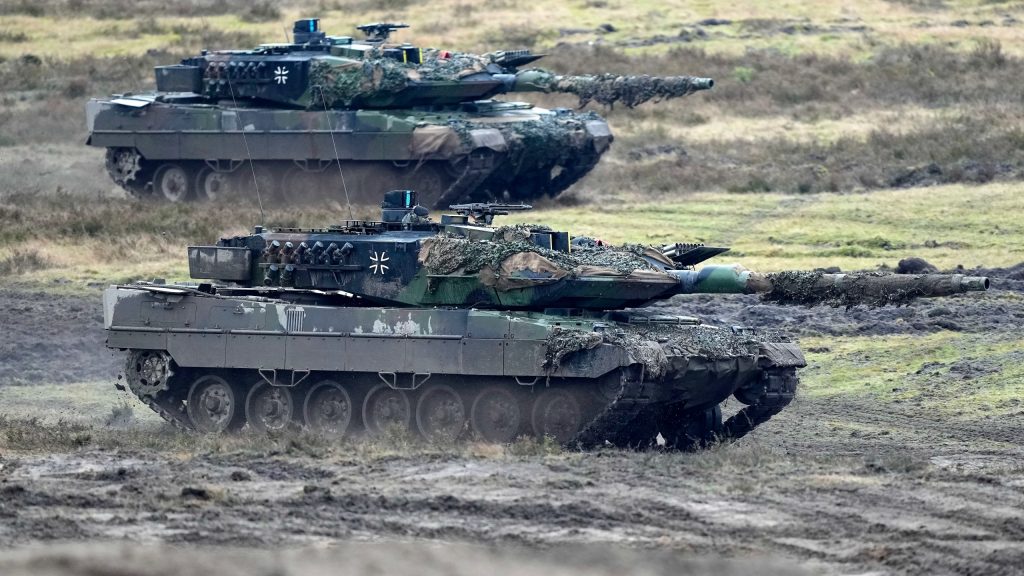
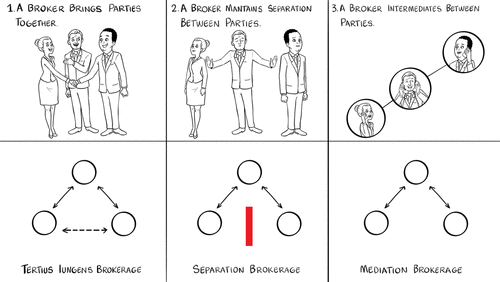
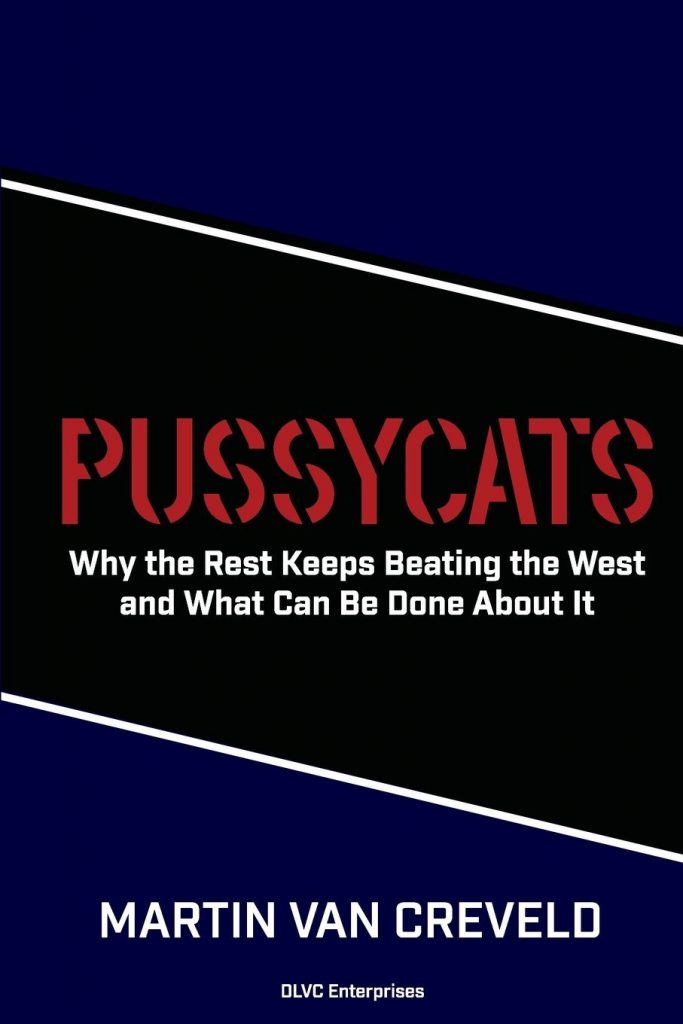
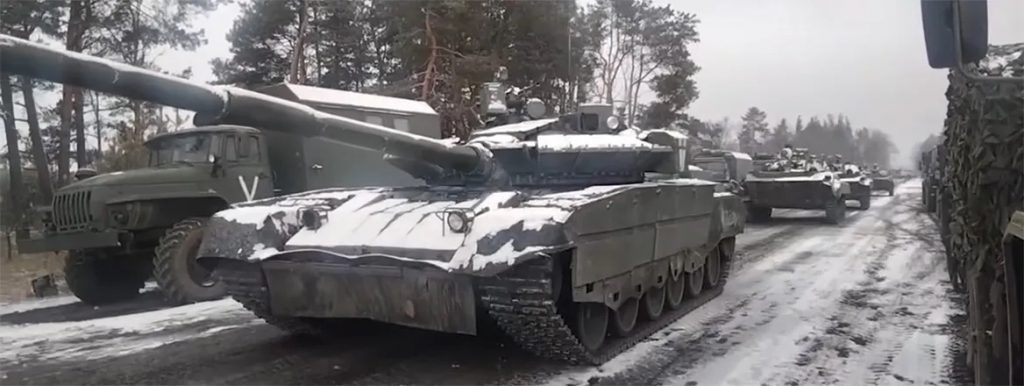

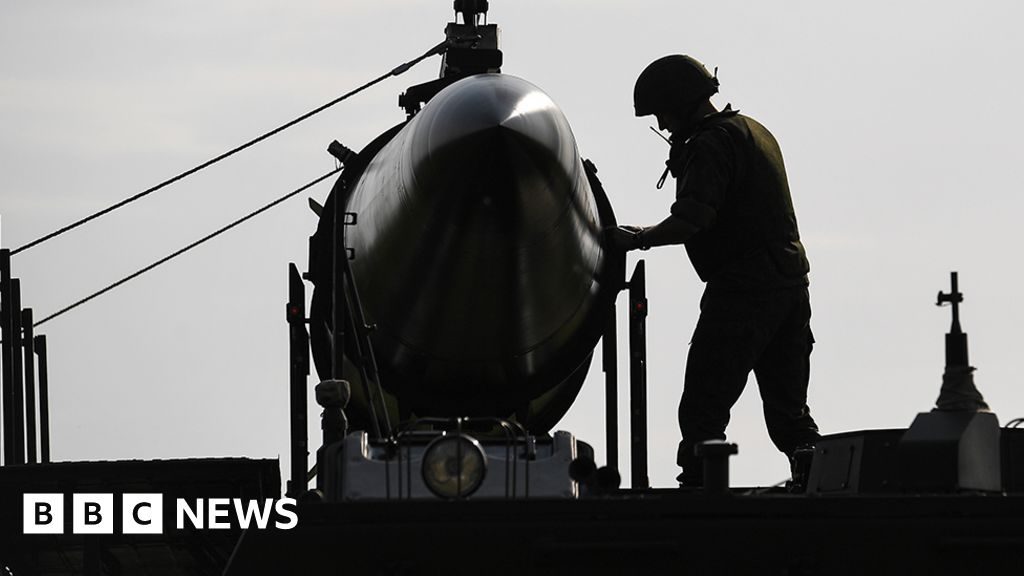
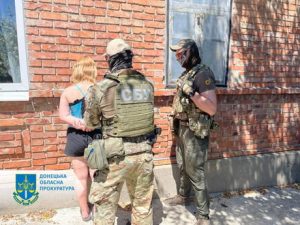
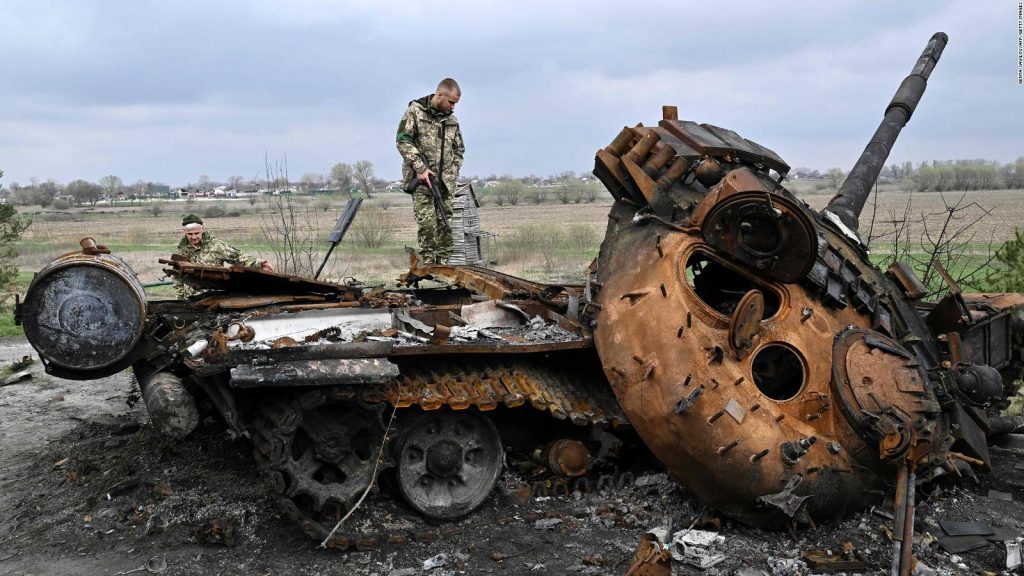 Now that the initial momentum has been spent and replaced by attrition (on both sides), it is possible to speculate about the outcome of the war everyone has been talking about for the last few months.
Now that the initial momentum has been spent and replaced by attrition (on both sides), it is possible to speculate about the outcome of the war everyone has been talking about for the last few months.